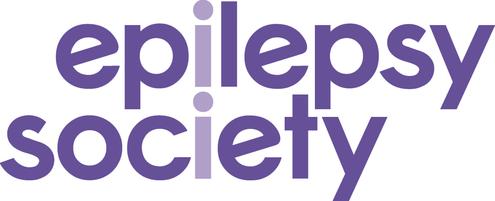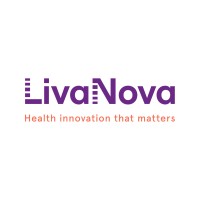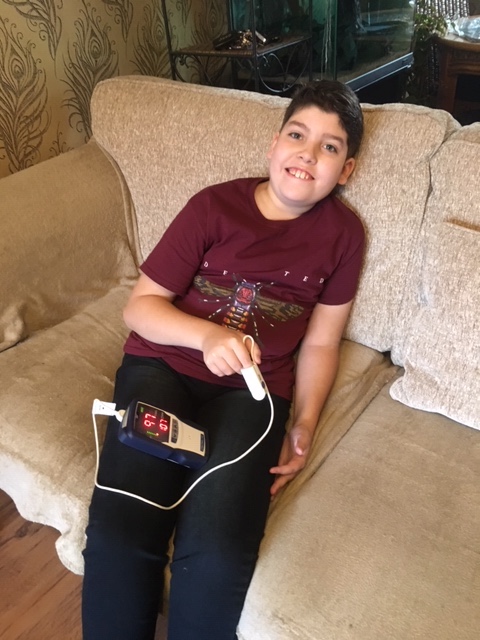
More about VNS therapy from the Epilepsy Society
Read the Epilepsy Society’s answers to frequently asked questions about VNS therapy.
Research has shown that around half of people undergoing VNS therapy show at least a 50% reduction in seizures.
It’s when a device is surgically implanted into someone’s chest, like a pacemaker.
A wire from the VNS device is wrapped around the left vagus nerve in the neck. The vagus nerve runs from the base of the brain to the chest and abdomen, with one branch running on each side of the body.
When it’s activated, the VNS device sends an electrical signal from the vagus nerve to the brain. Stimulation by the device can help to regulate signalling in the brain. This reduces the overactive signalling that causes seizures in Dravet Syndrome.
The VNS device is programmed to deliver electrical stimulation to the vagus nerve at various times and intensities. The stimulation usually begins at a low level and is increased based on the symptoms someone has and its effectiveness. Family members and carers can activate the VNS device if they sense the start of a seizure.
Someone might have fewer and shorter seizures and recover more quickly from them.
Our daughter had her first seizure when she was just seven weeks old. From then on, her childhood was spent in and out of hospital until she had her VNS treatment at the age of eight, after which her seizures reduced in frequency and duration.Mum to an adult with Dravet Syndrome

Read the Epilepsy Society’s answers to frequently asked questions about VNS therapy.

Discover more about how VNS therapy can help someone living with Dravet Syndrome by reading this information from VNS therapy company LivaNova.

Learn about additional therapies that can help someone living with Dravet Syndrome, from physiotherapy to occupational therapy.